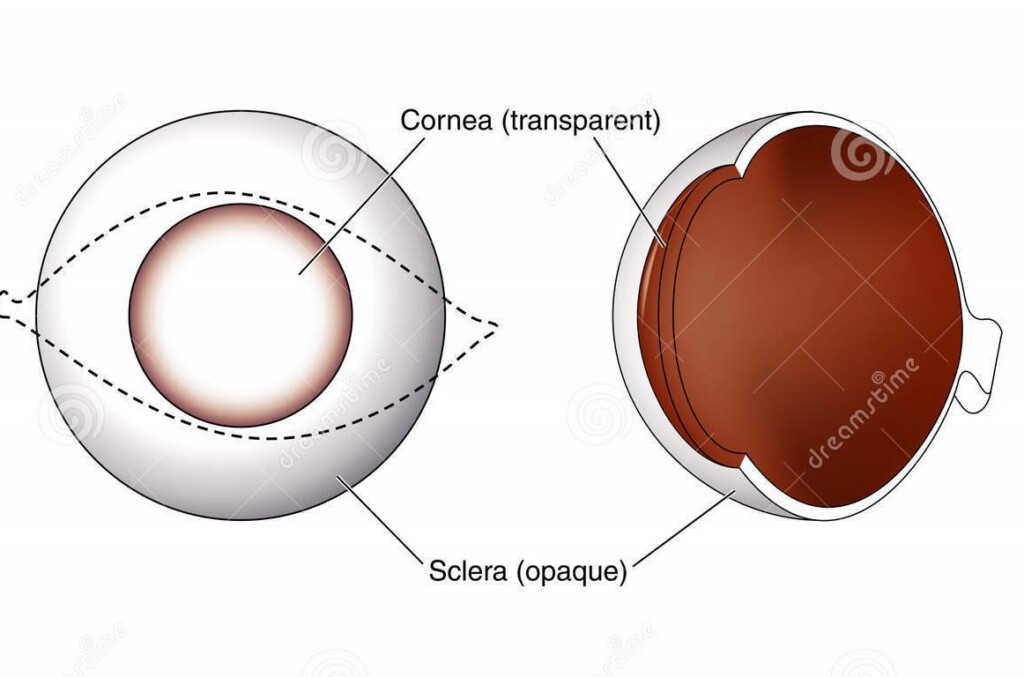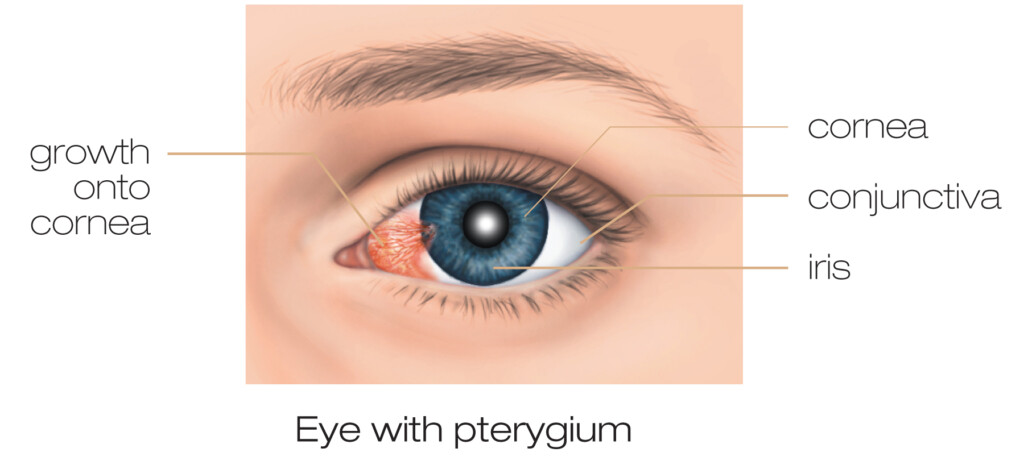Cornea is the transparent structure at the anterior part of the eyeball and its surrounding white part is called sclera. Because of its transparent nature, cornea helps to see clearly. Cornea is also responsible for most of the refractive power of the eye. Eye power depends upon its shape and curvature. Various diseases can involve cornea, like infections (corneal ulcer) and degenerative conditions. Any injury or trauma can also lead to corneal opacification or perforation. If not treated early, infections and various degenerative conditions can lead to serious complications like dense scar (opacity) or perforation and finally loss of vision (blindness).
Sclera can also get infected (infectious scleritis, abscess). Various immunological diseases of the body can also involve sclera.




